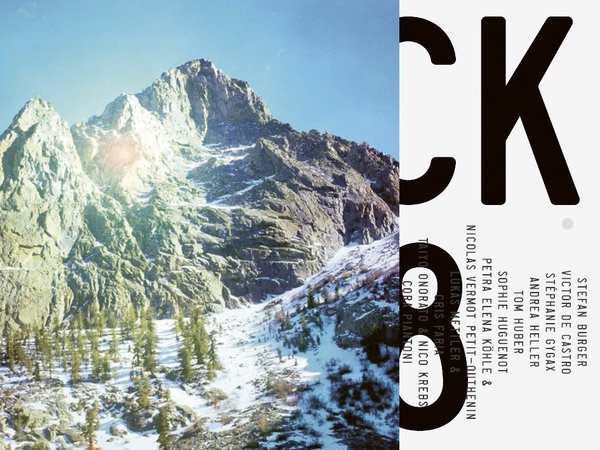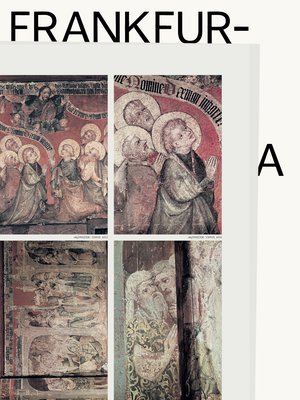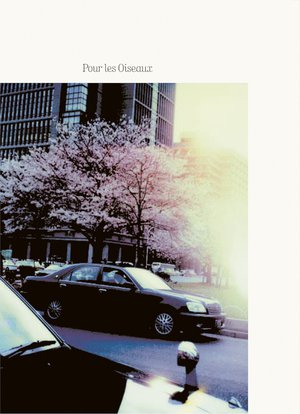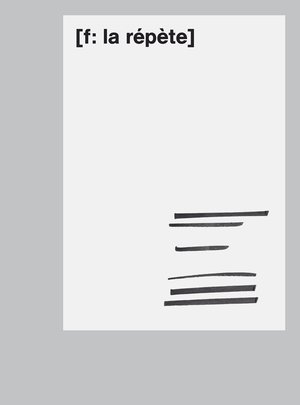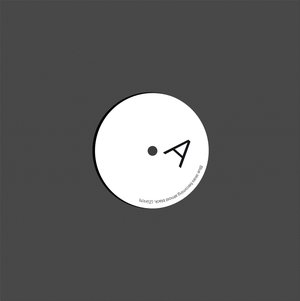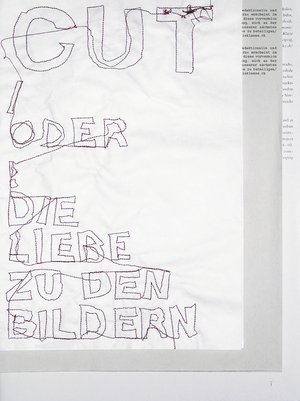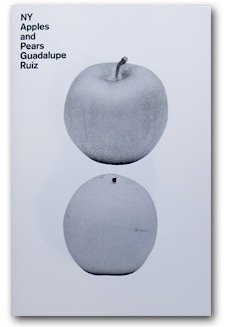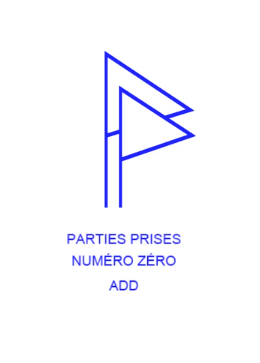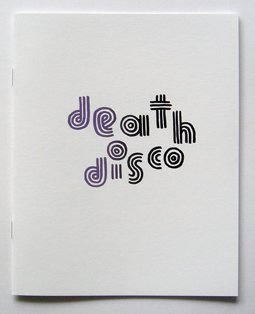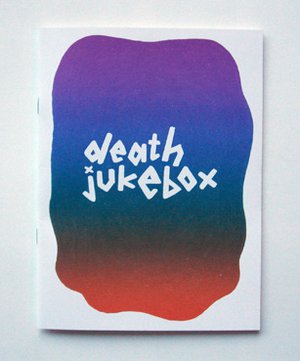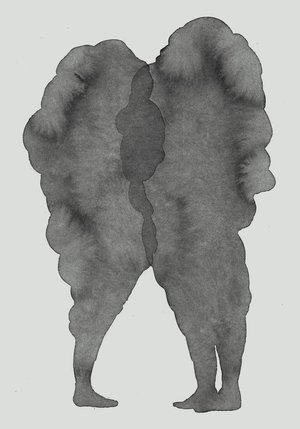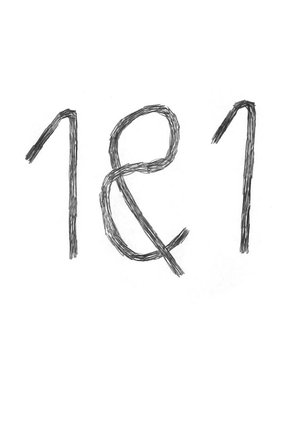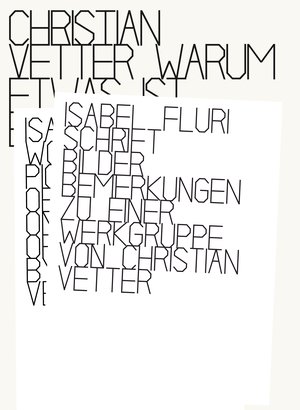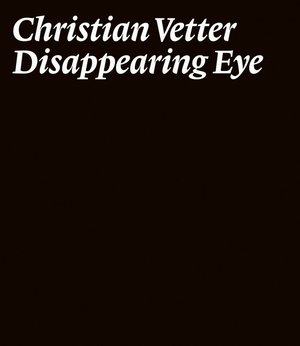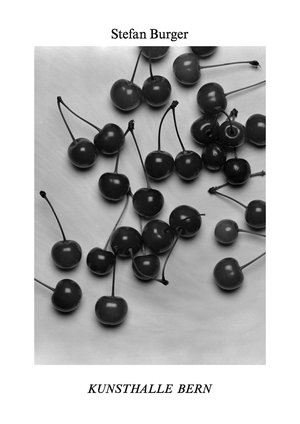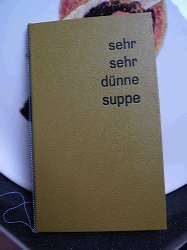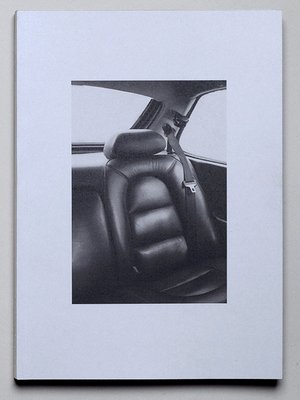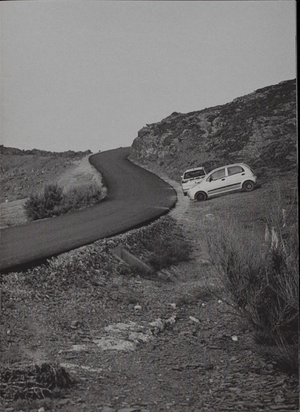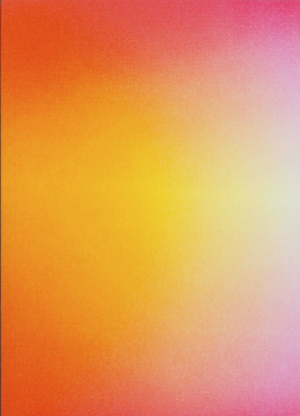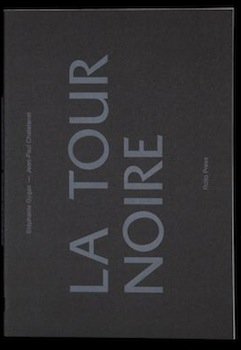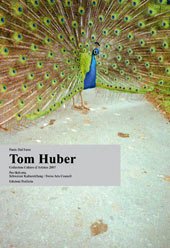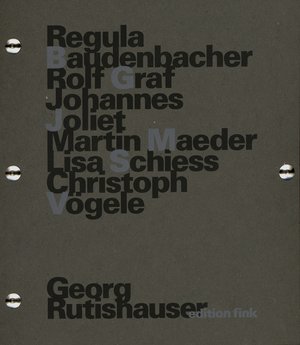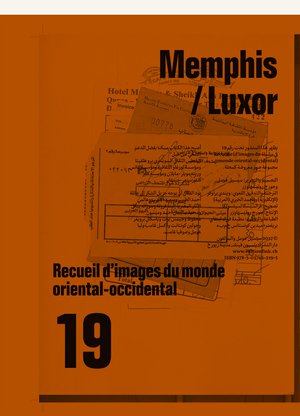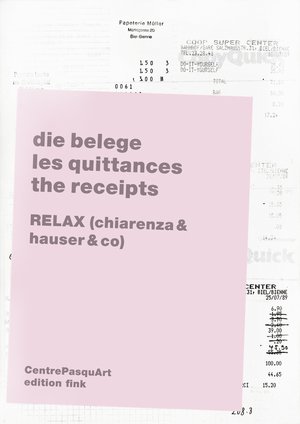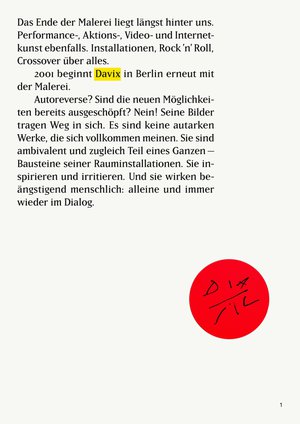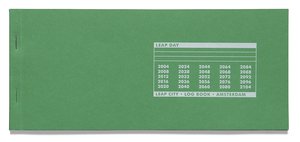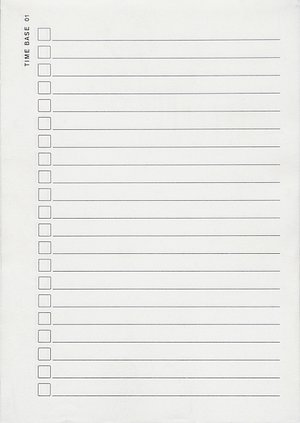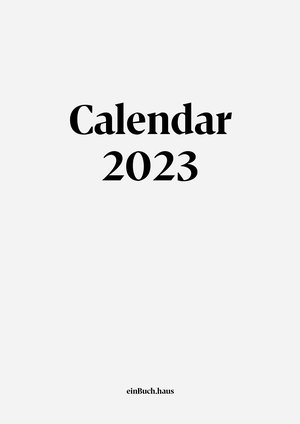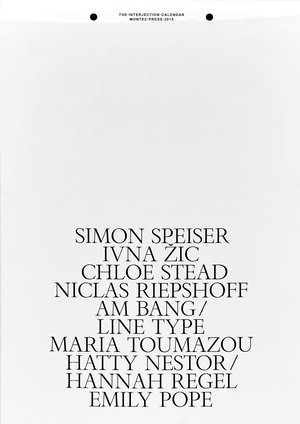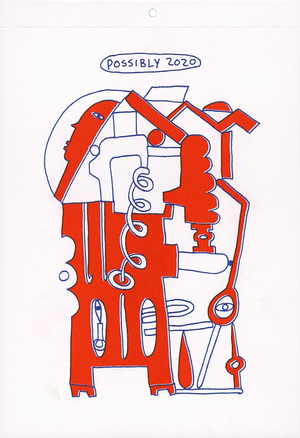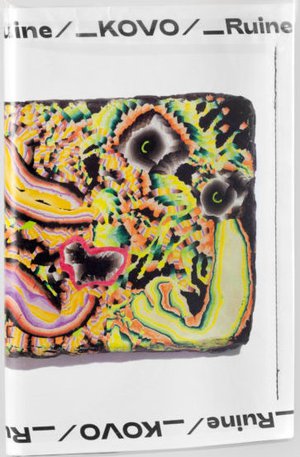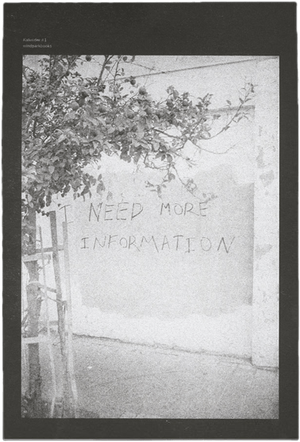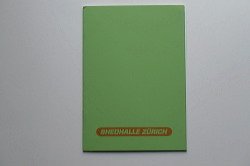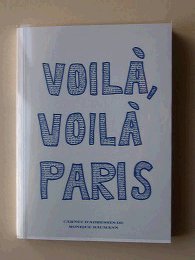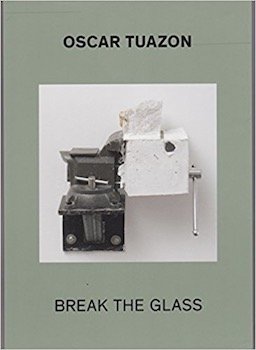Notes
366 illustrations, 313 in colour, block glued on three sides with two punched holes to enable hanging
Publisher Note
One year, 366 pictures, 12 photographers. The BLOCK 2008 calendar surprises with an overwhelming number of images that both inspire and overwhelm. The pictures are torn down daily, they can be stored or disposed of in wast paper, annotated or given away as gifts.
BLOCK is an attempt to confront viewers with images and to show them a multi-faceted view of the world. In addition, the publication presents a young generation of photographers whose pictures tell stories, capture concentrated moments of intimacy, confrontation, wit and desire on journeys or from everyday life, or reflect everyday mechanisms and photographic processes in laboratory-like investigations and stagings.
Twelve young photographers who work in Switzerland or grew up here and who deal with their surroundings in different ways and far beyond the country’s borders were invited to create series of pictures for BLOCK. The concepts and ideas developed for this publication were implemented between winter 2006 and summer 2007. The results are thematic series or loose picture collections, excerpts from real archives or imaginary photo albums, staged experimental worlds or pictures of real locations. Many of the contributions realized especially for BLOCK playfully reflect the format of the calendar and the medium of photography.
The photographs by Petra Elena Köhle & Nicolas Vermot-Petit-Outhenin refer to dates of historical events, Stefan Burger shows in his series “Helmut Newton 1920-2004” the place where photographer Helmut Newton died in the night of January 23–24, 2004, and Cora Piantoni's pictures confront the cliché calendar image par excellence, the pin-up in front of a speeding car, with a documentary approach. Similar to the star cuts in pop magazines, Taiyo Onorato & Nico Krebs use the serial sequence of the tear-off calendar: from the collection of their individual images a larger overall picture can be assembled.
In keeping with BLOCK’s associative approach, authors such as Victor de Castro, Andrea Heller and Tom Huber devote themselves to essayistic photography by taking moments from everyday life and assembling them into collections of images in very different aesthetics.
Guadalupe Ruiz presents a selection of members of her own family against the backdrop of the Colombian capital Bogotá, creating images that oscillate between staged and snapshot, while the everyday pictorial motifs chosen by Stéphanie Gygax – family and friends, holiday resorts, beaches – are reminiscent of film sequences, especially in the black-and-white photographs. In disguise of a fictitious father or son figure from the American Midwest, Cris Faria & Lukas Mettler travel through Switzerland for three days in a rented car and have themselves photographed.
Sophie Huguenot and Christian Vetter have devoted themselves to another aspect of everyday life. In her series “L’actualité et son quoti-dien”, Sophie Huguenot follows a team of TV reporters from local television in French-speaking Switzerland on a daily basis and uses her photographs to question the creation of news reports and the image production of local news. Christian Vetter shows photographs from the two series “Space Oddity” and “Everytown”, which capture the silent sensations of seemingly banal street corners, backyards and urban in-between zones.
BLOCK 2008
by Stefan Burger, Victor de Castro, Petra Elena Köhle, Stéphanie Gygax, Andrea Heller, Tom Huber, Sophie Huguenot, Cora Piantoni, Guadalupe Ruiz, Nicolas Vermot-Petit-Outhenin, Christian Vetter, Nico Krebs und Tayio Onorat, Lukas Mettler und Cris Faria
| Publisher | |
|---|---|
| Release Place | Zurich, Switzerland |
| Release Date | 2007 |
| Credits |
Writer:
Designer:
|
| Printrun | 2000 |
| Identifiers |
ISBN-13:
978-3-03746-110-5
|
| Work | |
|---|---|
| Subform | Calendar |
| Object | |
|---|---|
| Dimensions | 24.0 × 18.0 cm |
| Interior | |
|---|---|
| Pages | 738 |
| Technique | Offset Printing, Silkscreen Printing |
